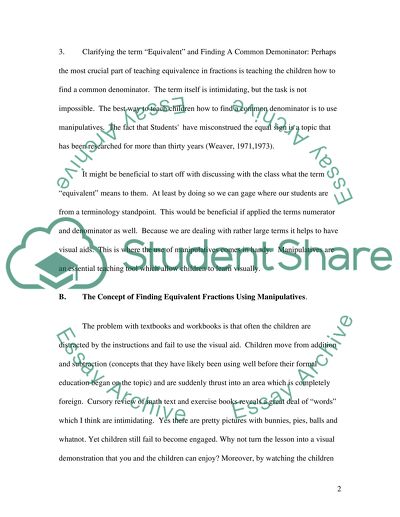Cite this document
(Teaching Equivalence with Unlike Denominators Assignment, n.d.)
Teaching Equivalence with Unlike Denominators Assignment. Retrieved from https://studentshare.org/education/1514088-equivalence
Teaching Equivalence with Unlike Denominators Assignment. Retrieved from https://studentshare.org/education/1514088-equivalence
(Teaching Equivalence With Unlike Denominators Assignment)
Teaching Equivalence With Unlike Denominators Assignment. https://studentshare.org/education/1514088-equivalence.
Teaching Equivalence With Unlike Denominators Assignment. https://studentshare.org/education/1514088-equivalence.
“Teaching Equivalence With Unlike Denominators Assignment”. https://studentshare.org/education/1514088-equivalence.


